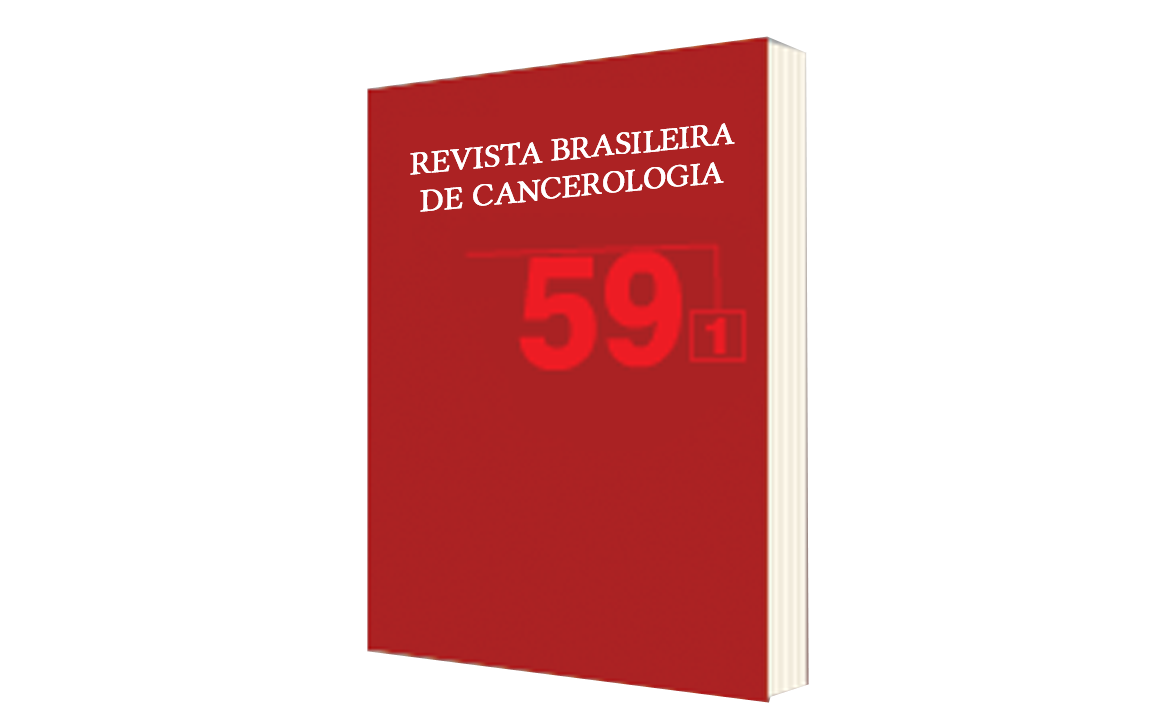Medical Residency in Cancerology in Brazil: Distribution of the Programs and Current offer of Openings According to Region in 2010 Adherence to Therapy
DOI:
https://doi.org/10.32635/2176-9745.RBC.2013v59n1.539Keywords:
Medical Oncology-Education, Internship and Residency, Professional Practice, Inservice TrainingAbstract
Introduction: Medical residency is a post-graduation teaching modality, designed to doctors as specialized courses, characterized by in-service training, operating under the responsibility of health institutions, whether academic or not, under the guidance of highly qualified medical professionals. Objectives: To examine the provision of programs and vacancies of residency in Oncology, in Brazil, in 2010, by comparing it with estimated incidence and deaths from cancer, by regions; in addition, to compare the distribution of these programs, according to administrative dependence and to assess the distribution of High Complexity Centers in Oncology. Method: This was a descriptive and quantitative cross-sectional study. Data were arranged in sheets and correlated through statistical analysis. When indicated, a statistical test was done by Spearman correlation. Results: The Southeast gathers 59.8% of the programs; the South is home to 16.3%, the Midwest, 7.18%, the Northeast, 14.8%, and the North, 1.91%. Considering the areas of oncology, clinical oncology, pediatric oncology, surgical oncology and radiotherapy; it was seen that, between 2003 and 2010, there was an increase in vacancies of 90.86%. Conclusion: The Southeast region has the most vacancies, programs and High Complexity Centers in Oncology. It's the only place that has a higher percentage of programs and vacancies in relation to the percentage of the Brazilian population each region has, and the total number of cancer incidence and deaths.









